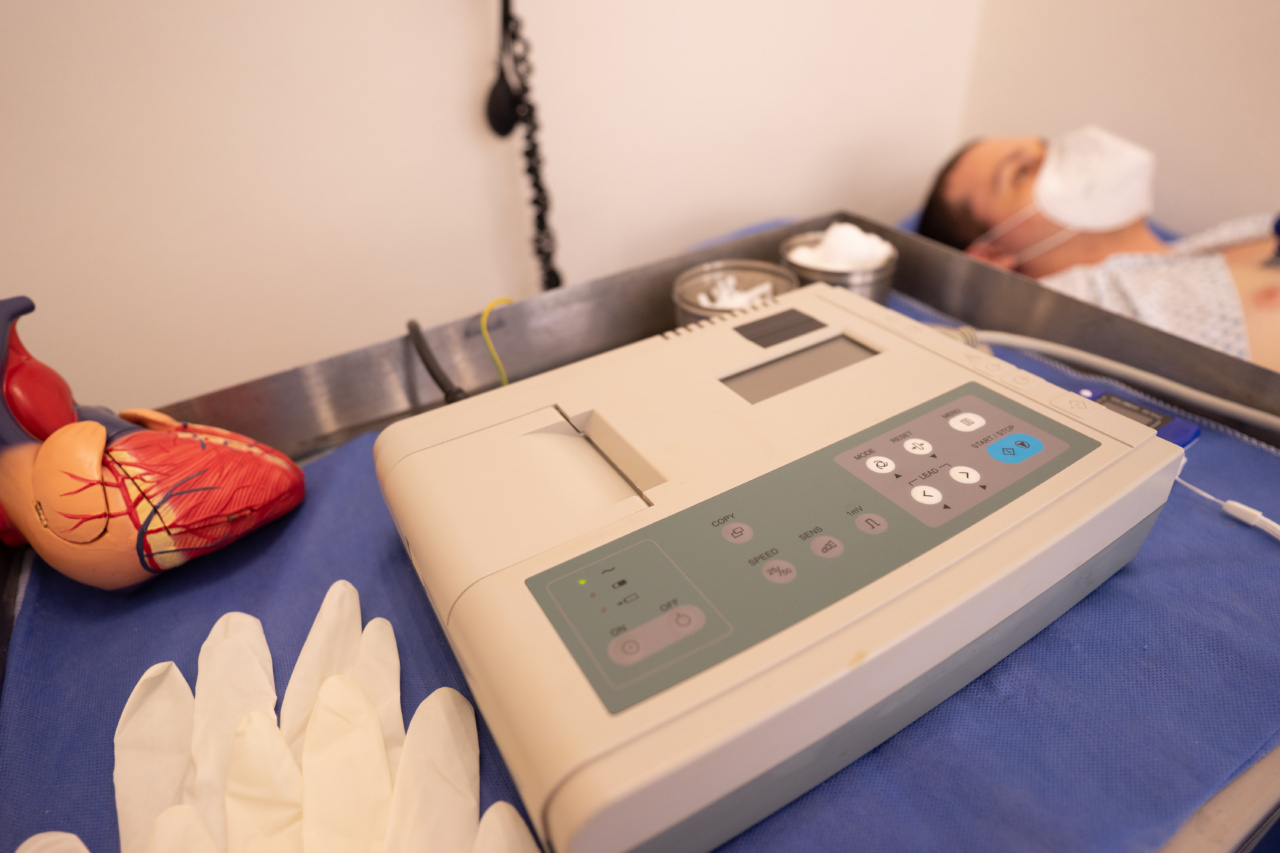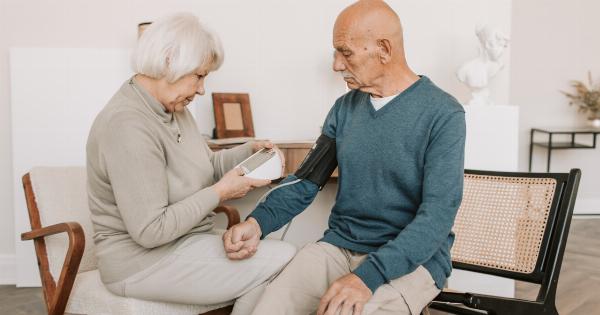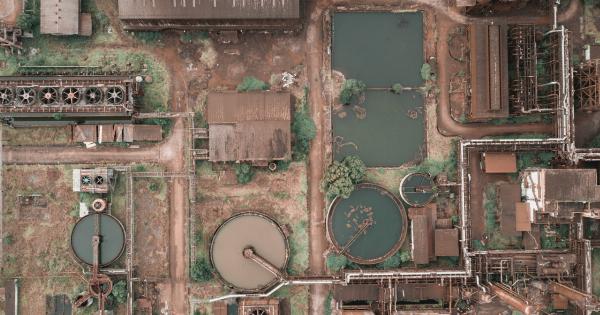Low blood pressure, also known as hypotension, refers to a condition where the force exerted by the blood against the walls of the arteries is lower than normal.
While high blood pressure is a well-known health concern, low blood pressure can also have significant implications on a person’s health and well-being. In this article, we will discuss the signs, symptoms, and treatment options for low blood pressure.
What is Considered Low Blood Pressure?
Low blood pressure is typically defined as a reading below 90/60 mmHg. However, the exact threshold varies from person to person and may depend on various factors such as age, overall health, and individual variations.
It is essential to consult with a healthcare professional to determine if your blood pressure reading is considered low for your specific situation.
Signs and Symptoms of Low Blood Pressure
The signs and symptoms of low blood pressure can vary from person to person but commonly include:.
1. Dizziness and Lightheadedness
One of the most common symptoms of low blood pressure is feeling dizzy or lightheaded, especially when standing up quickly or after prolonged periods of sitting or lying down.
This occurs because the brain may not be receiving an adequate supply of blood and oxygen.
2. Fainting
In severe cases, low blood pressure can lead to fainting or passing out. Fainting occurs when the brain does not receive enough blood flow, causing a temporary loss of consciousness.
3. Fatigue and Weakness
Low blood pressure can result in feelings of extreme tiredness and weakness. This occurs because the body’s organs and tissues may not be receiving enough oxygen and nutrients.
4. Rapid or Shallow Breathing
In some cases, low blood pressure can cause rapid or shallow breathing. This happens as the body attempts to compensate for the inadequate blood supply by increasing breathing rate in an effort to raise oxygen levels.
5. Blurred Vision
Blurred vision is another possible symptom of low blood pressure. When blood pressure drops, the eyes may not receive proper blood flow, leading to temporary visual disturbances.
6. Nausea or Vomiting
Low blood pressure can also cause feelings of nausea or even vomiting. These symptoms may occur due to reduced blood flow to the digestive system.
7. Cold, Clammy Skin
People with low blood pressure may experience cold and clammy skin. This happens as the body conserves heat and redirects blood flow to vital organs.
8. Rapid or Weak Pulse
A weak or rapid pulse is another common sign of low blood pressure. When blood pressure drops, the heart rate may increase to compensate for the decreased blood flow.
9. Difficulty Concentrating
Insufficient blood supply to the brain can lead to difficulty concentrating or brain fog. This may result in decreased mental clarity and impaired cognitive function.
10. Depression and Anxiety
Low blood pressure can contribute to feelings of depression and anxiety. The exact relationship between low blood pressure and mental health is still being studied, but there appear to be connections between the two.
Treatment Options for Low Blood Pressure
The treatment for low blood pressure depends on its underlying cause and the severity of symptoms. Here are some common treatment options:.
1. Lifestyle Modifications
In mild cases of low blood pressure, lifestyle modifications alone may be sufficient to alleviate symptoms. These modifications may include:.
– Increasing fluid and salt intake, under medical supervision.
– Avoiding prolonged periods of standing or sitting.
– Wearing compression stockings to improve blood flow.
– Raising the head of the bed to prevent morning dizziness.
– Avoiding excessive alcohol consumption.
– Maintaining a healthy and balanced diet.
2. Medications
If lifestyle changes are not sufficient, a healthcare professional may prescribe medications to manage low blood pressure. Common medications used in the treatment of low blood pressure include:.
– Fludrocortisone: Helps increase blood volume.
– Midodrine: Narrows blood vessels and raises blood pressure.
– Ephedrine: Stimulates the heart and constricts blood vessels.
– Pyridostigmine: Increases nerve signals to blood vessels, raising blood pressure.
3. Treating Underlying Conditions
If low blood pressure is caused by an underlying medical condition, addressing and managing that condition can help alleviate the symptoms.
For example, if low blood pressure is a side effect of medication, adjusting the dosage or switching to an alternative medication may be necessary.
4. Intravenous Fluids
In severe cases where symptoms of low blood pressure are life-threatening or causing significant distress, intravenous fluids may be administered to rapidly increase blood volume and raise blood pressure.
When to Seek Medical Attention
While occasional episodes of low blood pressure may not require immediate medical attention, certain situations warrant prompt medical evaluation. You should seek medical attention if you experience:.
– Sudden or severe symptoms of low blood pressure.
– Fainting or loss of consciousness.
– Chest pain or shortness of breath.
– Irregular heartbeat.
– Pale or bluish skin.
– Confusion or disorientation.
These symptoms may indicate a more severe underlying condition that requires urgent medical care.
Conclusion
Low blood pressure can cause various signs and symptoms that can significantly impact an individual’s well-being. It is crucial to be aware of these symptoms and seek appropriate medical care if necessary.
Treatment options for low blood pressure include lifestyle modifications, medications, addressing underlying conditions, and intravenous fluids in severe cases. Always consult with a healthcare professional for an accurate diagnosis and personalized treatment plan.





























